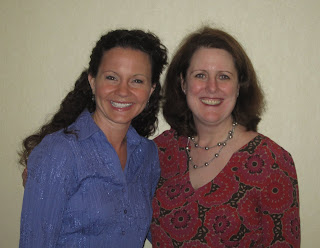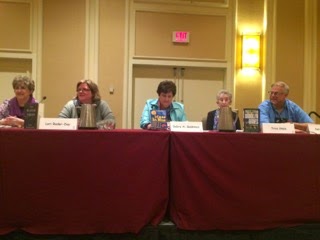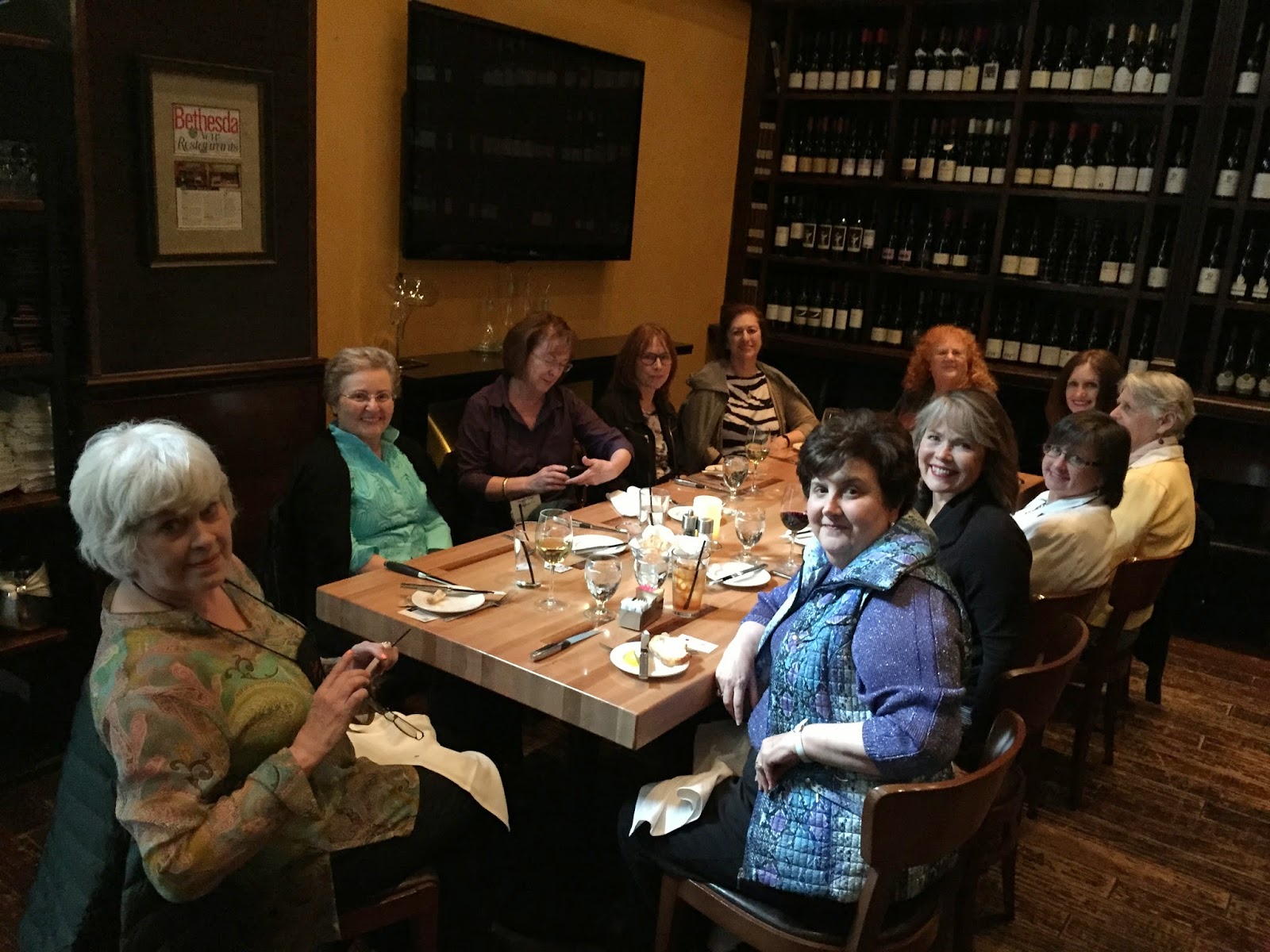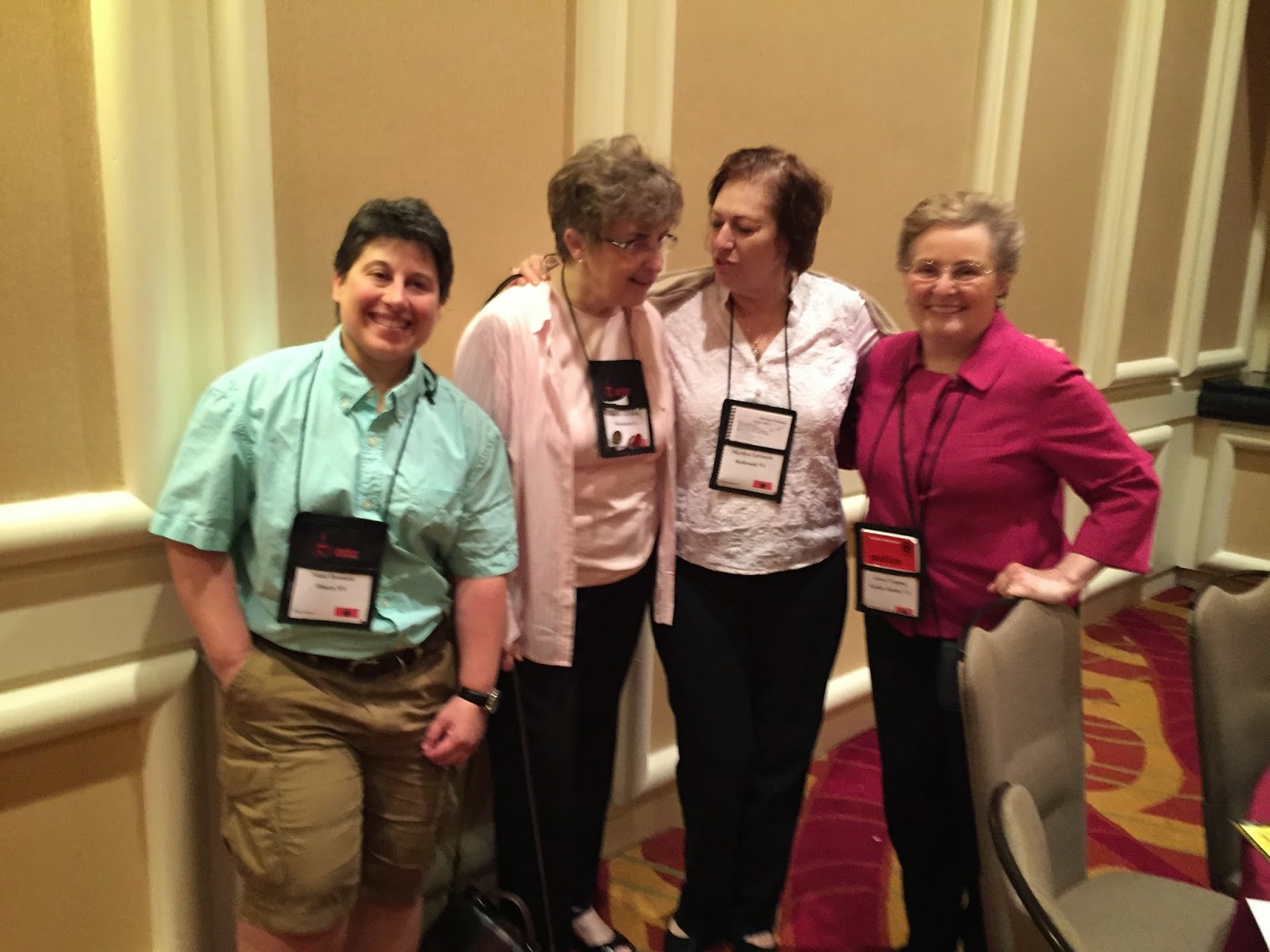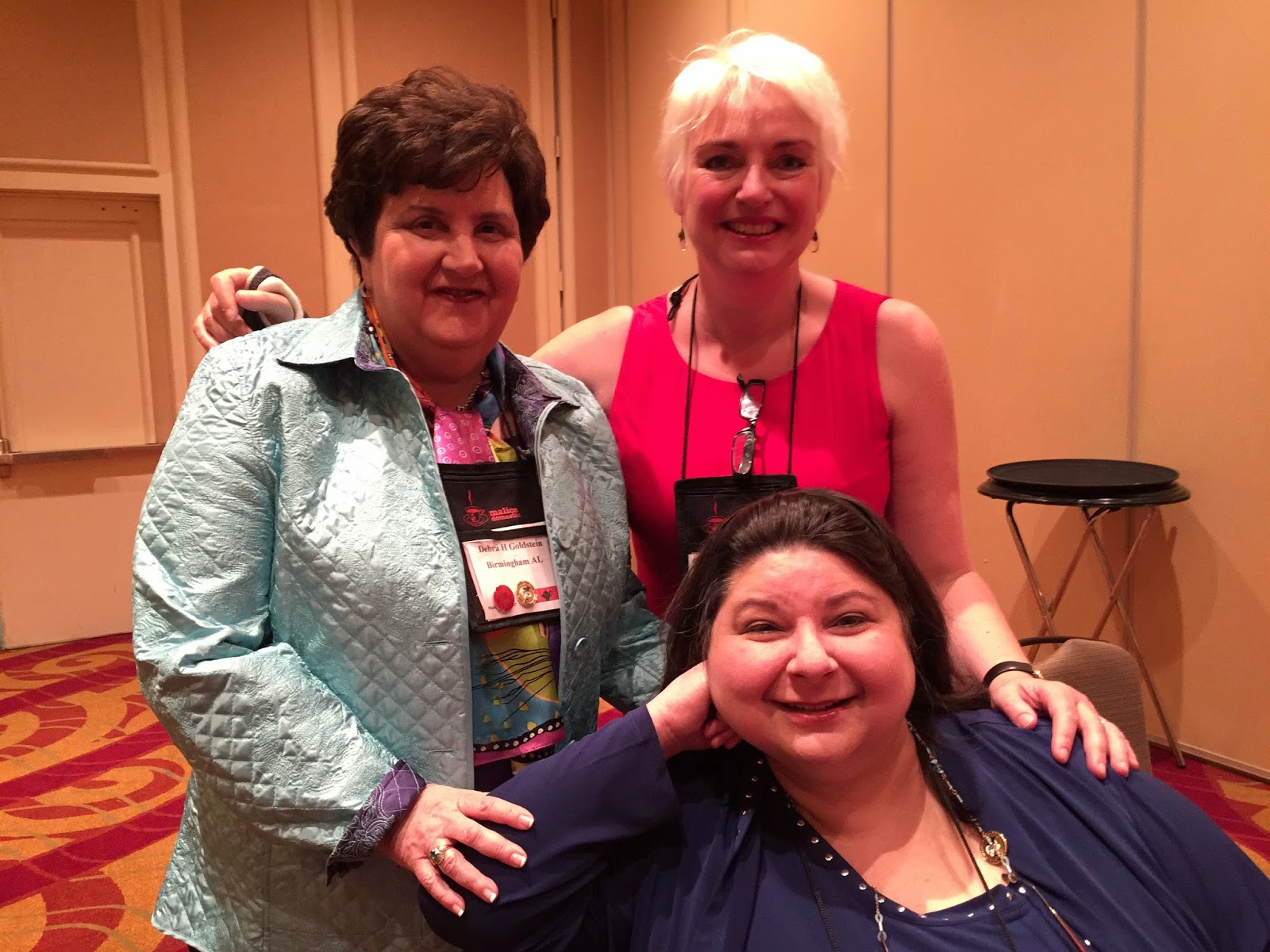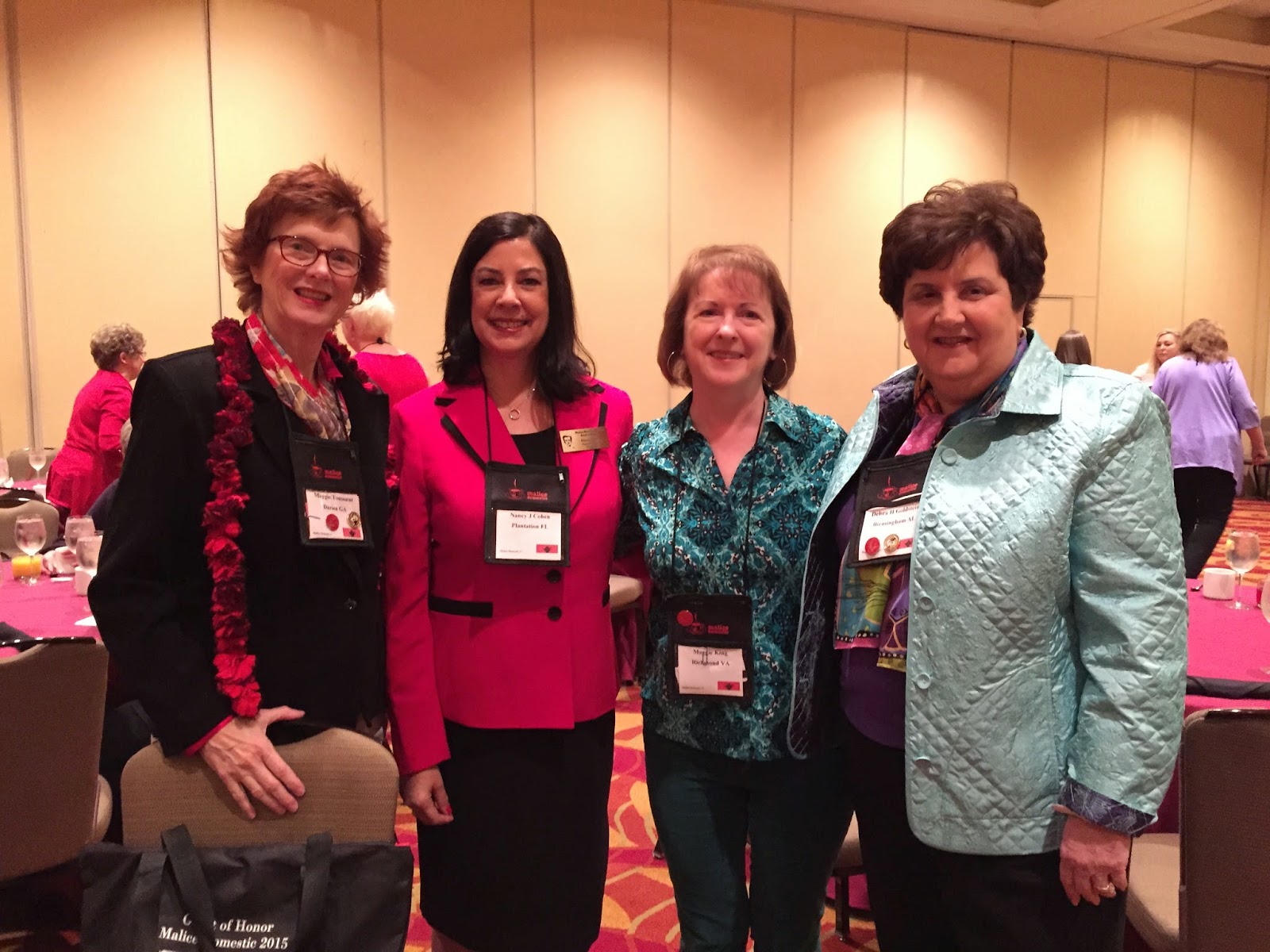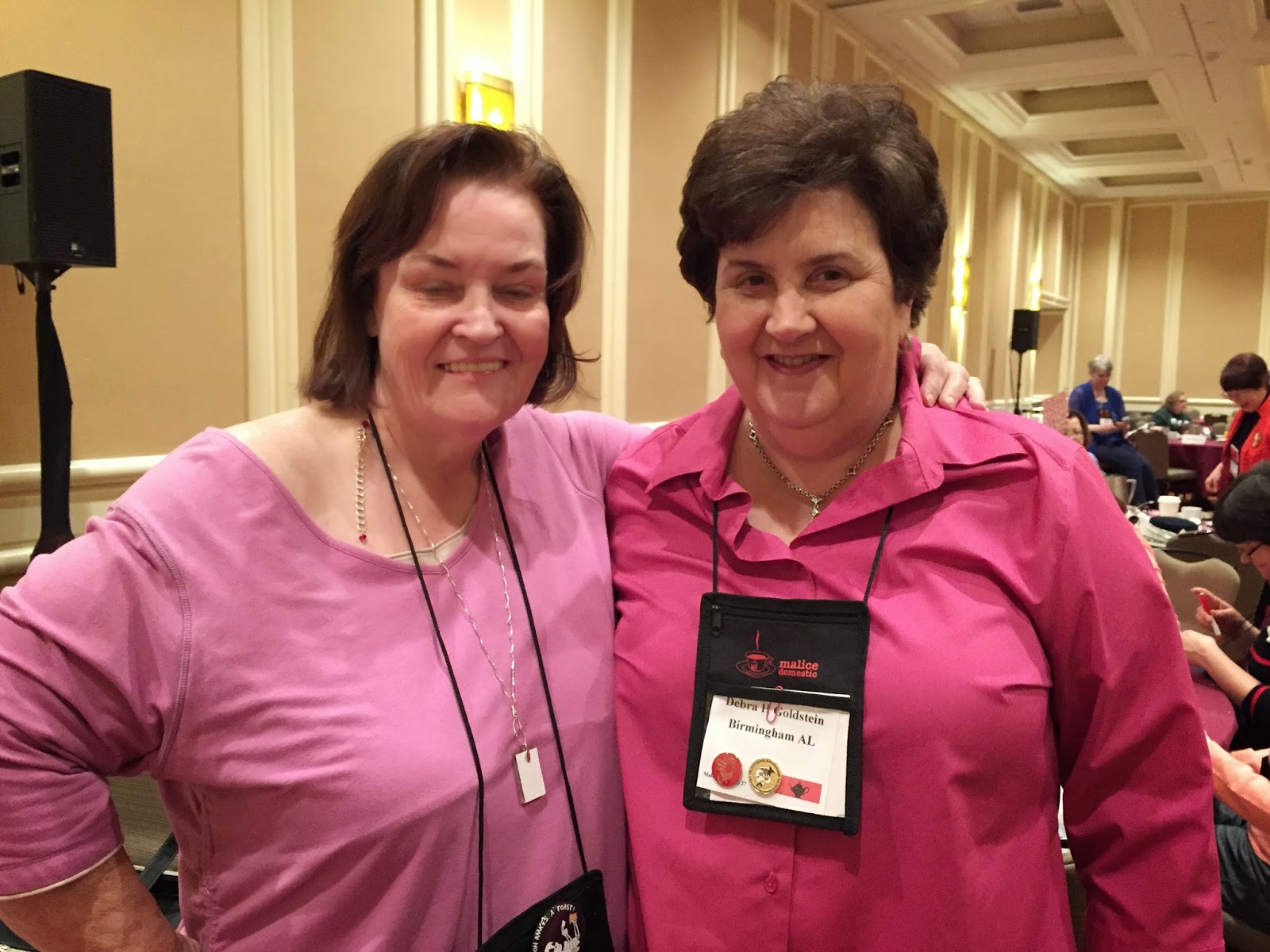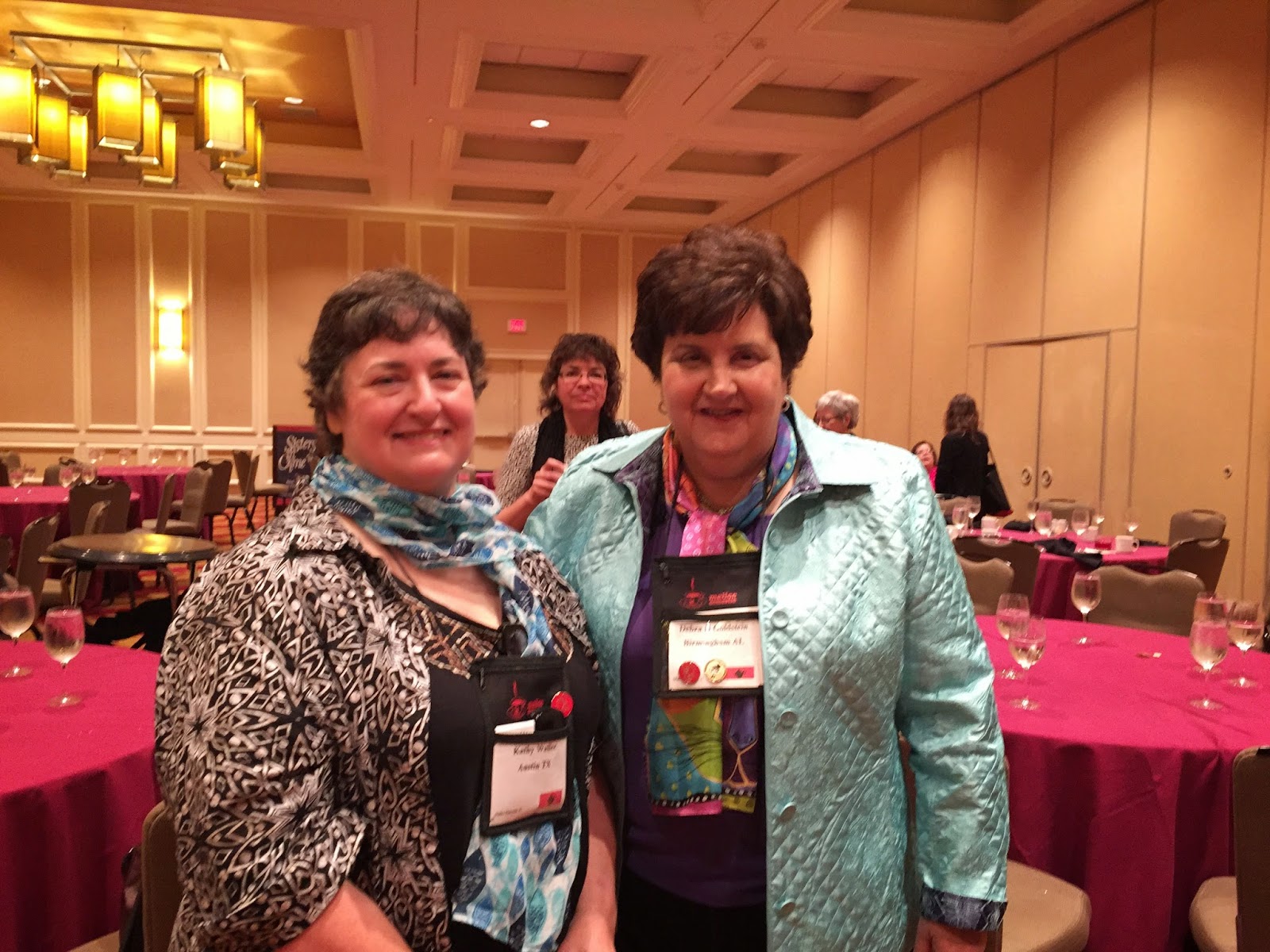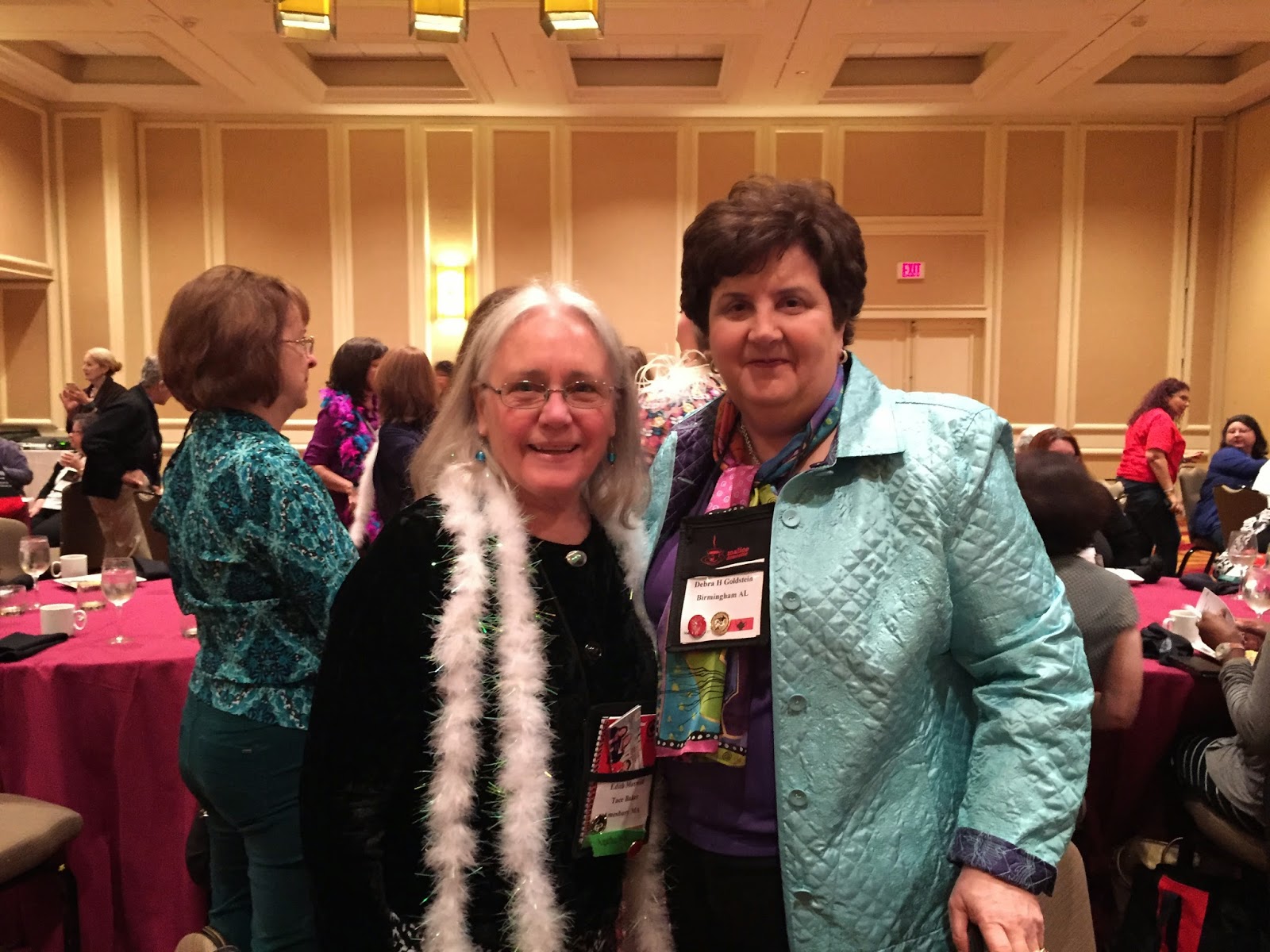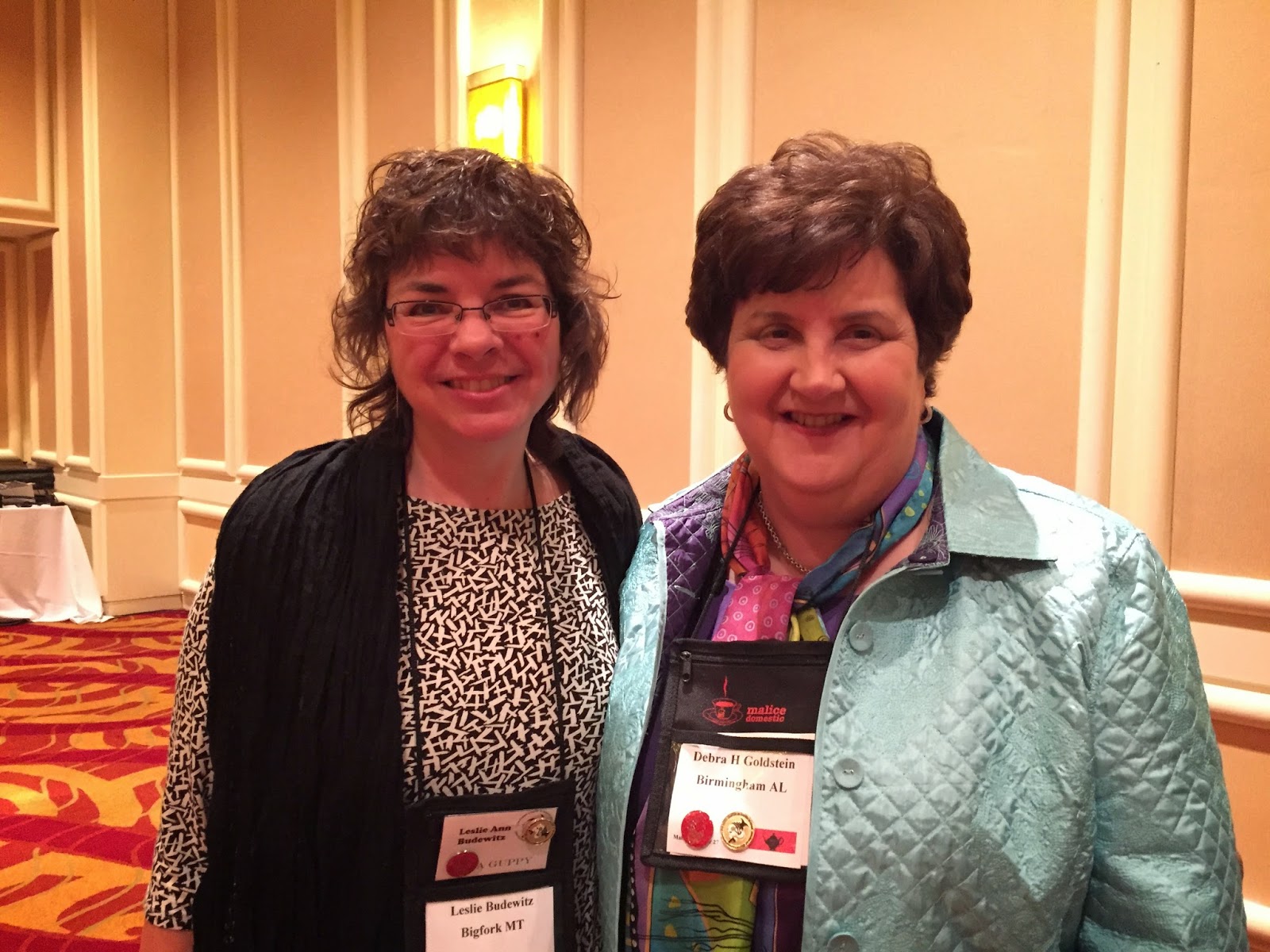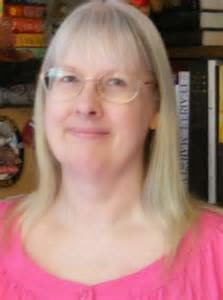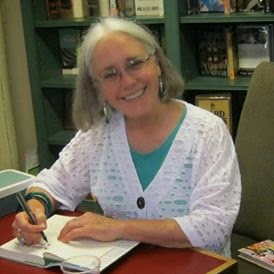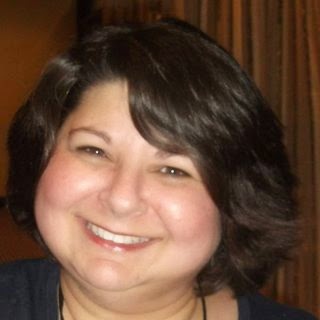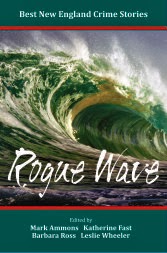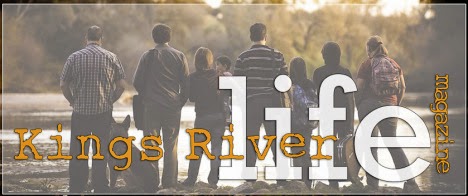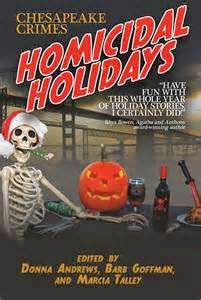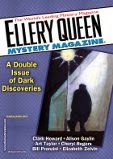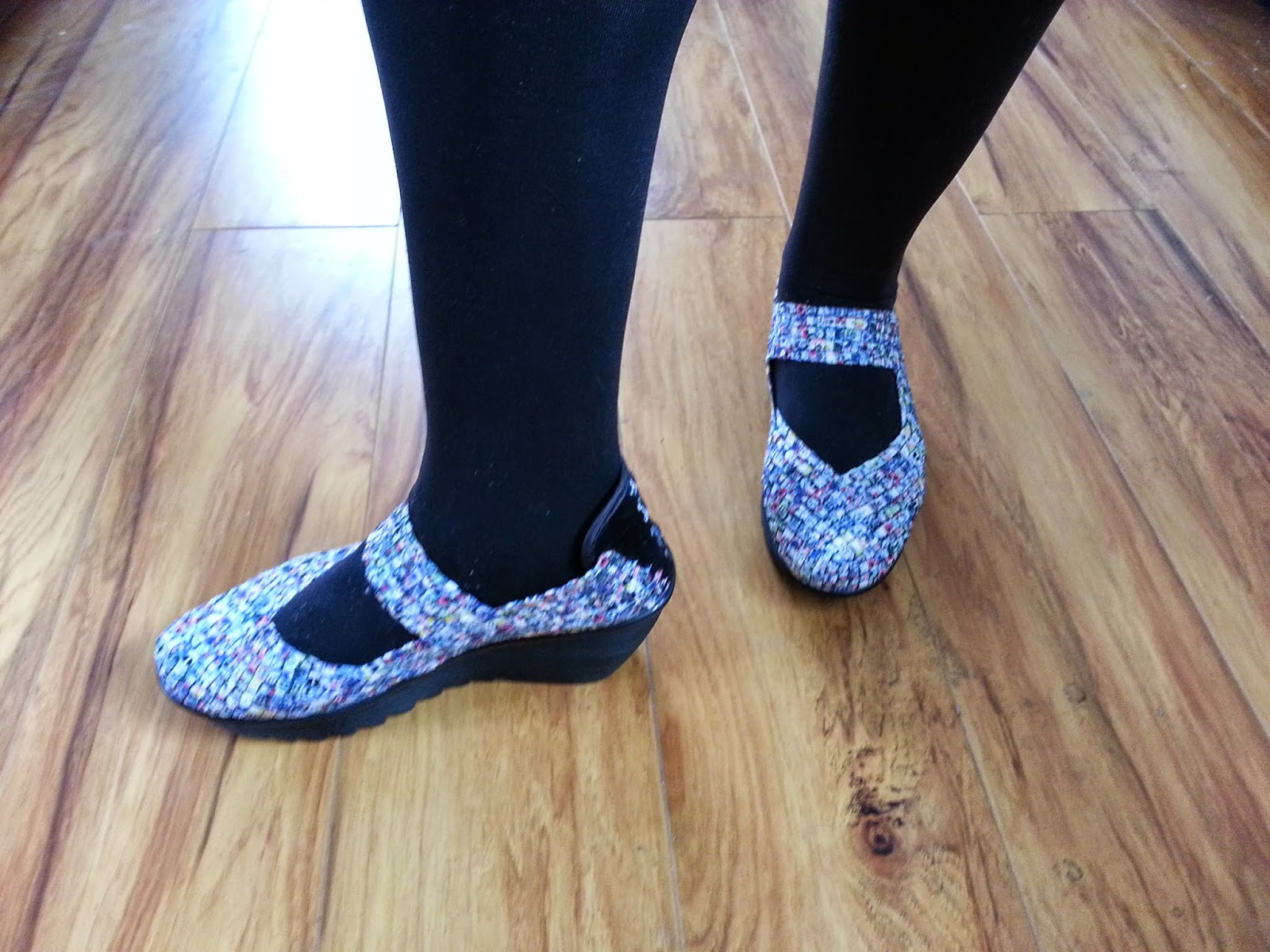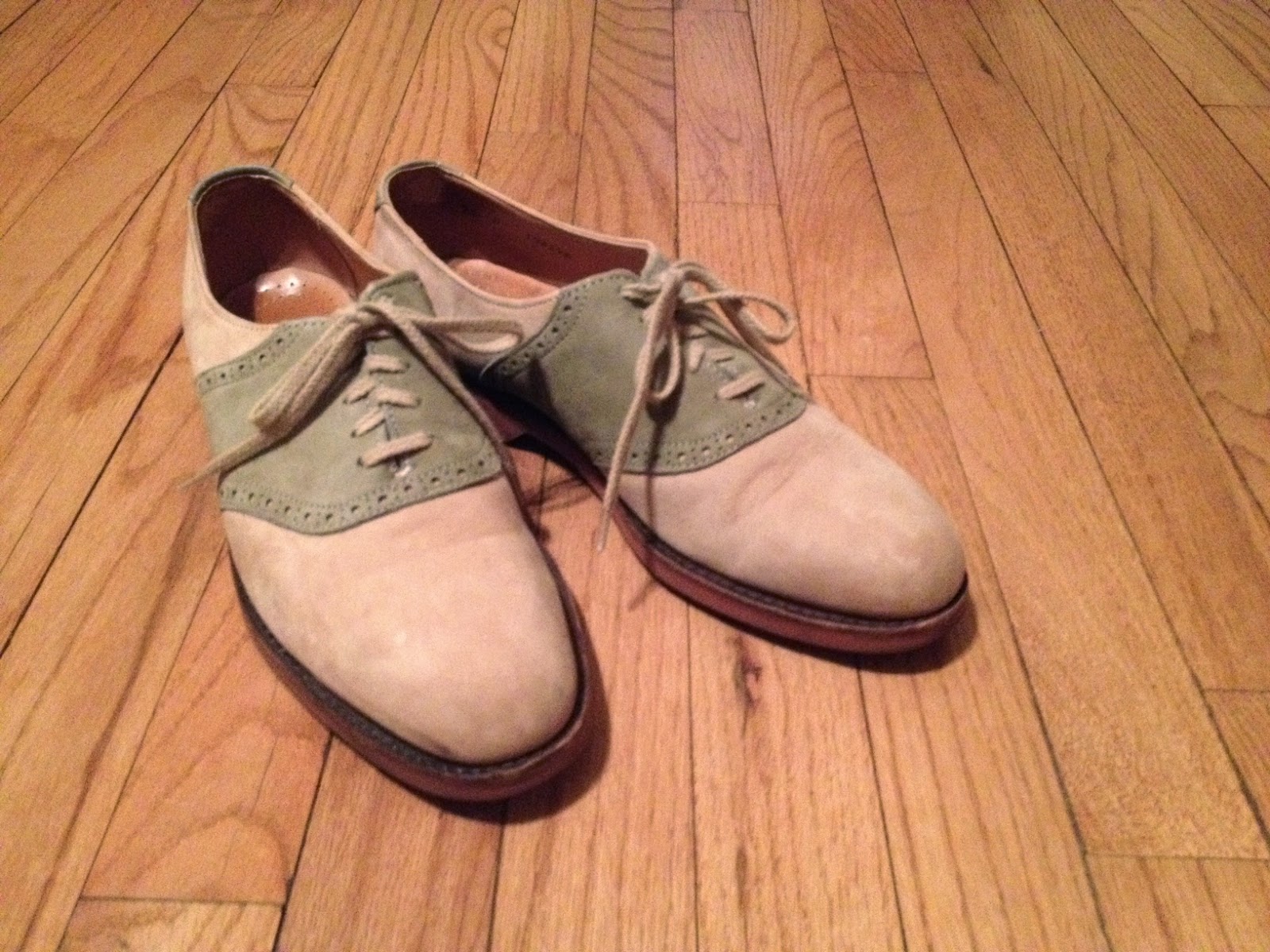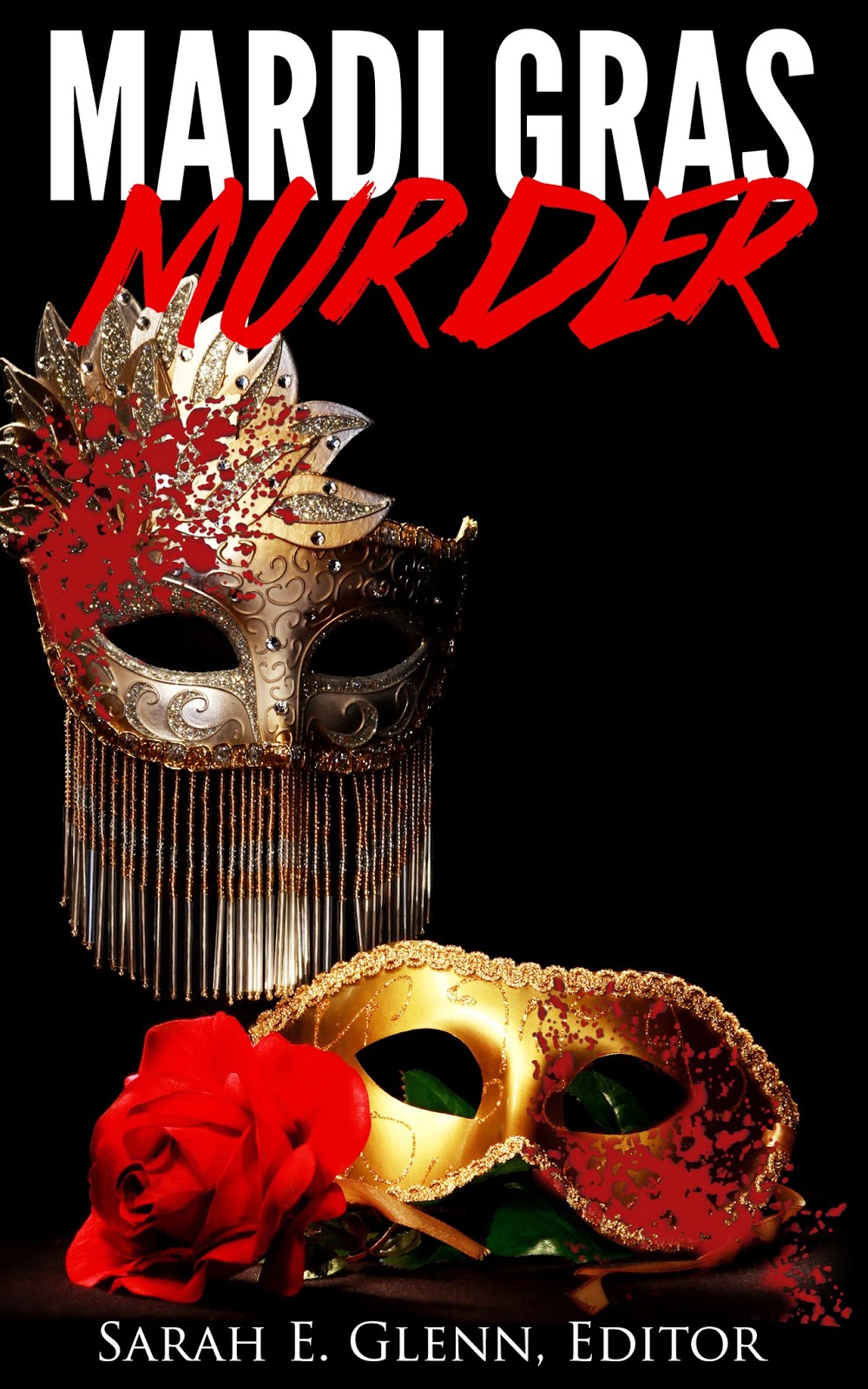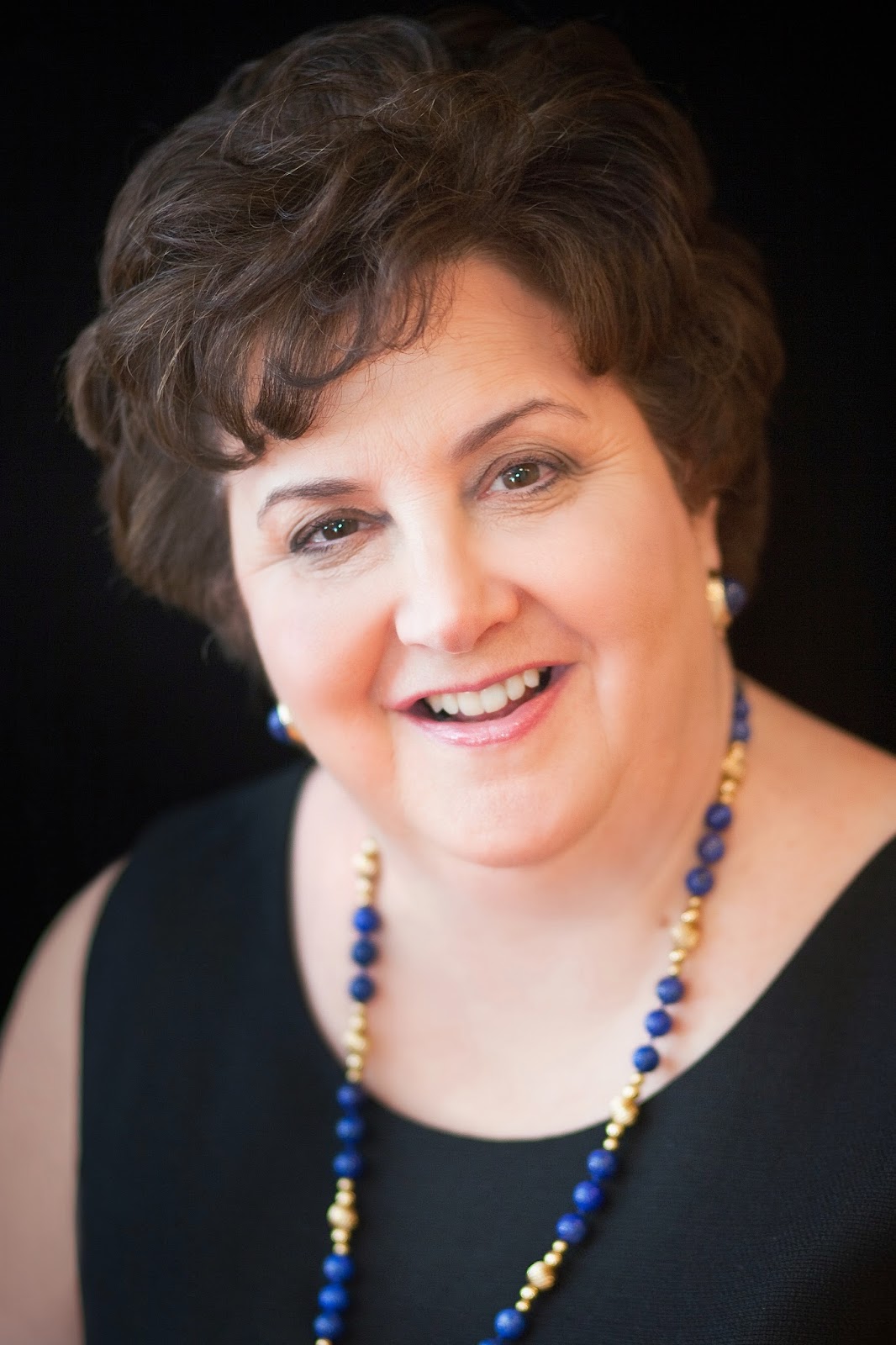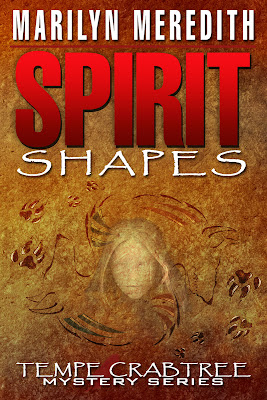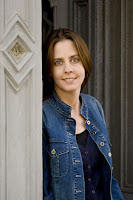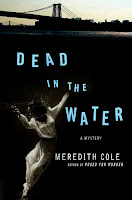She Said/She Said: Sixteen Degrees of Separation by Maggie Barbieri and Rachel Brady
We’re doing this blog a little differently today because I had the pleasure of sharing a hotel room this past weekend with the lovely and talented Rachel Brady. The song asks “Who can turn the world on with her smile?” and insinuates that it’s Mary Richards, but I’m here to tell you that it’s Rachel Brady. A more positive and uplifting person you will never meet. Besides the whole getting up in the morning to exercise thing, I thought we would be completely compatible as roomies.
I was wrong.
I checked into the room around dinner time on Thursday night after a five hour drive to D.C. The air outside was thick and muggy, unseasonably warm for a night in late April. When I entered the room, I felt as if I had entered a cabana in Belize, moisture dripping from the humidity affixed to the plate glass window overlooking the street below. Surely, Rachel wouldn’t want to be melting in this incredible heat, not to mention having her already-curly and gorgeous hair grow in size from just two minutes in the room? Before even stopping in the restroom (something I do frequently, if only to wash my hands, as Rachel learned), I headed to the thermostat and promptly dropped the temperature from seventy-four degrees to fifty-eight degrees. In about fifteen minutes, the room had that lovely arctic chill that I have come to expect in all of my sleeping quarters. (And yes, my husband sleeps in sweatpants and sweatshirts most of the time so as not to succumb to hypothermia.)
I immediately got into bed with a bag of pretzels and a glass of wine and proceeded to watch television until Rachel showed up a little after nine o’clock. As I had predicted to her when we first spoke, I was almost asleep even though she was still full of energy and ready to head down to the bar.
She was kind enough not to mention that the temperature in the room was akin to that in a meat locker and hastily retreated to the lobby bar where drinks—and heat—were in abundance.
I fell asleep as soon as she left, peaceful under the down comforter, and clad in fleece pajama pants. Some time around two in the morning, I awoke in a pool of my own sweat, wondering how the temperature in the room could have shot up so dramatically in such a short period of time. Now, Rachel’s hot, but was she that hot?
The next morning, I checked the thermostat, set to seventy-four degrees. After some tense interrogation, Rachel admitted that she had nearly frozen to death in bed and got up, using her cell phone as a flashlight, and turned the temperature to seventy-four.
We were sixteen degrees apart in the comfort zone.
We negotiated. I cajoled. Rachel cried. I think I passed out at one point. How could we reach consensus? Finally, we decided that we would set the temperature at sixty-four, even though that was way too hot for me and way too cold for her.
Did I mention that Rachel’s an engineer by day? Did I mention that I can only fiddle with things, or fix them, if I have a butter knife? I’m not accusing her outright, but the temperature was set at seventy for the entire weekend and I couldn’t figure out how to lower it.
Coincidence? I will let you decide.
~ ~ ~
Hmmm. Rachel here. That is not exactly how I remember it. Except for the complimentary parts. Let’s go with those. (Thanks, Maggie! )
This is what really happened.
I rolled in sometime after nine on Thursday and found Maggie cozied up in bed, watching TV in our room. We spent a few minutes catching up and talked about all sorts of stuff, but the only piece relevant here is her passing remark that she “could sleep with the window open when it is 35 degrees outside.” She said it drove her husband nuts.
“You mean you leave it open a crack, for fresh air?”
“No,” she said. “I pretty much leave it wide open. Then he closes it during the night and I wake up sweating.”
Soon afterward, I went down to the bar to see which of my writer friends I could find. An hour or two later, I came back to the room. Maggie was sleeping.
And it was nippy.
My epiphany came on slowly. Under a thick comforter, in flannel pj pants and a cotton tee, and even wearing socks, at first I didn’t know just how cold I was. Thought I could gut it out. Have you ever been so cold in your bed that you don’t want to roll over because then you will have to warm up a new cold spot, and it’s just too dang cold to suffer through that process again?
Most of me thought that the room temp was probably due to some glitch in the thermostat’s auto timing feature. I didn’t remember seeing my breath earlier when I’d brought up my bag.
But a small, kind of worried part of me feared that maybe Maggie hadn’t been exaggerating about that 35 degree, open window remark.
What to do.
If it were an auto-timer glitch, I might shiver needlessly all night. If she’d done it on purpose and I switched it back, she would sweat all night instead.
Better her than me.
Maggie had a good sleep going. I decided to fix the temp and then just play dumb later if she brought it up. The room was pitch black, so by light of my open cell phone, I crept to the thermostat, aimed my phone at it, and was surprised and horrified to find it set at 64 degrees. Definitely, an auto timer glitch then.
I changed it to 74 and went back to bed. In the morning, I confessed all to Maggie. She said, “Oh that. I actually prefer 58 degrees but I thought I’d meet you in the middle.”
?!
I did math. “That means you think 70 is room temperature to regular people. This is sixteen degrees of separation.”
A long discussion ensued, mostly through tears of laughter. We knew we had Wednesday’s blog covered.
Maybe living in Texas has made me soft. But I offer this evidence in my defense, Maggie. Just sayin’.
I should also add here that Maggie is unequivocally the more gracious and flexible of the two of us, meeting me far to the right of Middle, usually at 70 degrees.
Interesting paradox there. One of the coldest rooms I’ve ever encountered, but one of the warmest friends.
